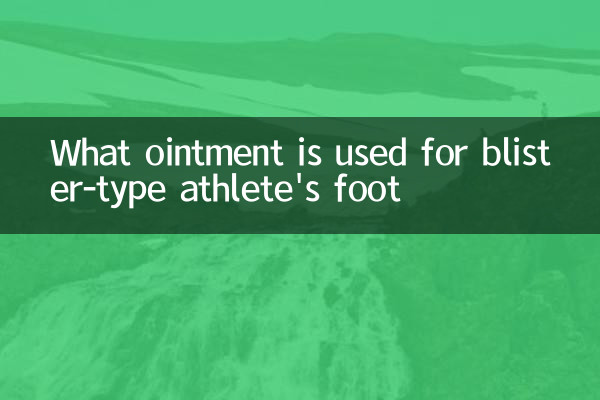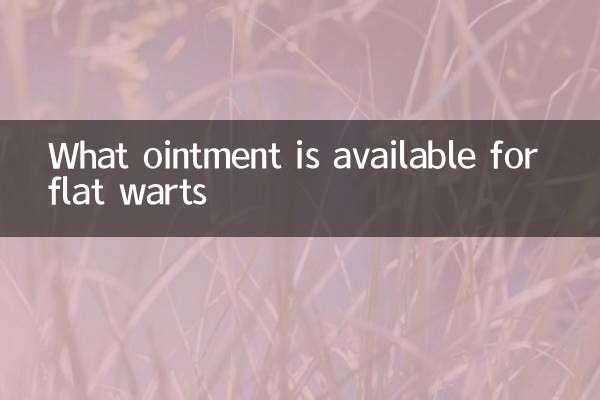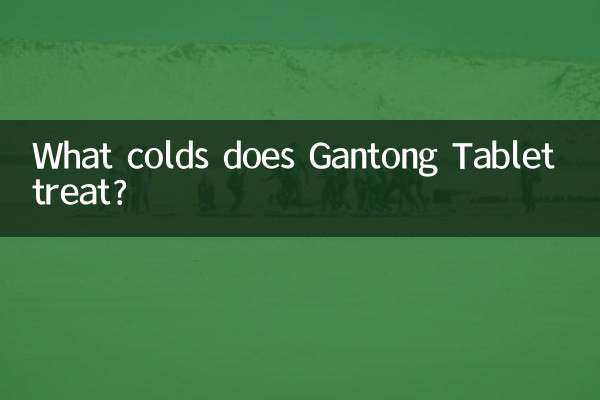What ointment is used for blister-type athlete's foot
Blister-type athlete's foot is a common fungal infectious skin disease, mainly manifested in symptoms such as itching, blisters, peeling, etc. in the soles or between the toes. Recently, the discussion on blistered athlete's foot has been very popular on the entire network, and many patients are concerned about how to choose effective ointments for treatment. This article will combine popular topics and hot content in the past 10 days to provide you with structured data and suggestions.
1. Symptoms and causes of blistered athlete's foot

Blister-type athlete's foot is mainly caused by fungal infections such as Trichophyton red and Epidermophyton floc, and is commonly found in humid and stuffy environments. The main symptoms include:
| symptom | describe |
|---|---|
| Blister | Small transparent or turbid blisters appear between the soles or toes |
| Itching | It was accompanied by obvious itching in the affected area, especially at night |
| Peeling | Scale or peeling after blisters break |
| Redness and swollen | In severe cases, local redness or secondary infection may occur |
2. Recommended popular therapeutic ointments
According to the network search data and patient feedback over the past 10 days, the following ointments have better therapeutic effects on blistered athlete's foot:
| Ointment name | Main ingredients | Frequency of use | Efficacy evaluation |
|---|---|---|---|
| Dakonin (miconazole nitrate) | Miconazole nitrate | 2 times a day | Fast effect, suitable for mild infection |
| Lanmeishu (Terbinafine) | Terbinafin | 1-2 times a day | Strong sterilization effect, suitable for stubborn foot |
| Perisone (triamcinolide econazole) | Triamcinolide + econazole | 1-2 times a day | It has both anti-inflammatory and anti-fungal effects |
| Biphenylazole cream | Biphenylbenzole | 1 time a day | Strong permeability, less side effects |
3. Precautions for using ointment
1.Stick to medication: Even if the symptoms are relieved, you should continue to use it for 1-2 weeks to avoid recurrence.
2.Keep it dry: During the medication use, please pay attention to keeping your feet dry and have good breathability.
3.Avoid scratching: Blister rupture may cause secondary infection, so scratching should be avoided.
4.Combination therapy: In severe cases, oral antifungal drugs (such as itraconazole) can be used.
4. Answers to recent hot questions for patients
Q1: Will blistered athlete's foot be contagious?
A1: Blister-type athlete's foot is contagious and can be transmitted through direct contact or sharing slippers, towels, etc.
Q2: What should I do if the ointment is not effective?
A2: It is recommended to seek medical treatment for fungal examinations, and may require replacement of drugs or combined oral treatment.
Q3: How to use medicine for pregnant women with blistered athlete's foot?
A3: Pregnant women need to use it under the guidance of a doctor, and bibenzole, which is more safe, is usually recommended.
5. Suggestions for preventing blister-type athlete's foot
| Preventive measures | Specific methods |
|---|---|
| Personal hygiene | Wash your feet every day and dry them thoroughly, especially the toes |
| Shoes and socks selection | Wear moisture-wicking cotton socks to avoid wearing the same pair of shoes for a long time |
| Protection in public places | Wear slippers in swimming pools, gyms and other places |
| Regular disinfection | Disinfection of shoes and socks with high temperature or antifungal spray |
Although blister-type athlete's foot is common, it can be cured by correct medication and daily care. It is recommended that patients choose appropriate ointments according to their own situation and persist in completing the treatment cycle. If the symptoms persist or worsen, seek medical treatment in a timely manner for professional help.

check the details

check the details